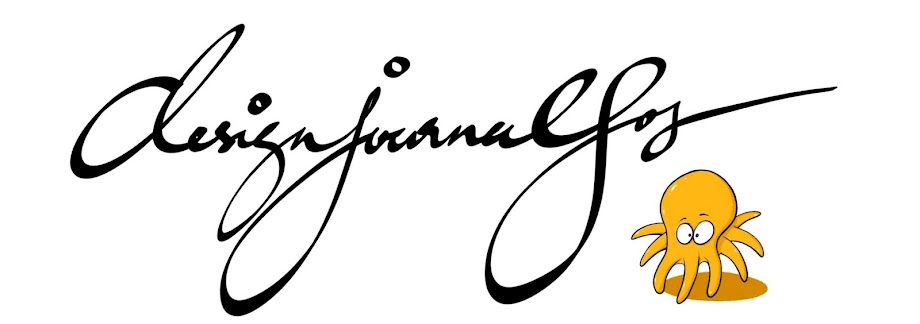The above shows class demo example on how to draw characters to 'act' as phone holders for a new Phone Holder Design Project.
If you can't draw something like an action, in this case a man pushing, go to the internet and search for some examples. Can't draw Panda lying on its back? Search for one. I keyed in 'Pushing Action', or 'Man Pushing', or any keywords that will help you find exactly what you need. Another way is to get your friend to pose for you while you sketch him/her on your paper.
A few points to note:
- The 30 degrees tilt is an angle that was obtained from existing similar products. This can save a bit of time to find out the optimum viewing angle.
- When the 30 degree tilt line is drawn on a piece of Jelutong measuring 120mm x 120mm, it happens to measure close to 70mm from the top edge. Use the 70mm mark to draw the remaining square template.
- Characters will be sketched on a piece of Jelutong measuring 120mm x 120mm. Tilt line at 30 degrees is pre-drawn on the ideation boxes so any characters drawn or parts that will touch the phone will be readily angled.
- Notice how each hopeful character is drawn on the square templates? Remember to maximise space when drawing in your design or characters. Make sure all sections are thick enough, so they do not break easily after shaping or during use. A good guide is to make sure all thinner parts measure at least 15mm-20mm across.
- For the base of each character, make sure 'legs' or any parts touching the bottom must measure at least 25mm. This is to allow enough space for a countersunk head screw to be installed at the end during assembly. (See example below).
- Before you shape the Jelutong with a scroll saw, remember to take note of the positions of the countersunk head screws at the bottom of the workpiece. (See example below).
Using Grid Method to transfer selected design onto Jelutong Workpiece.






No comments:
Post a Comment